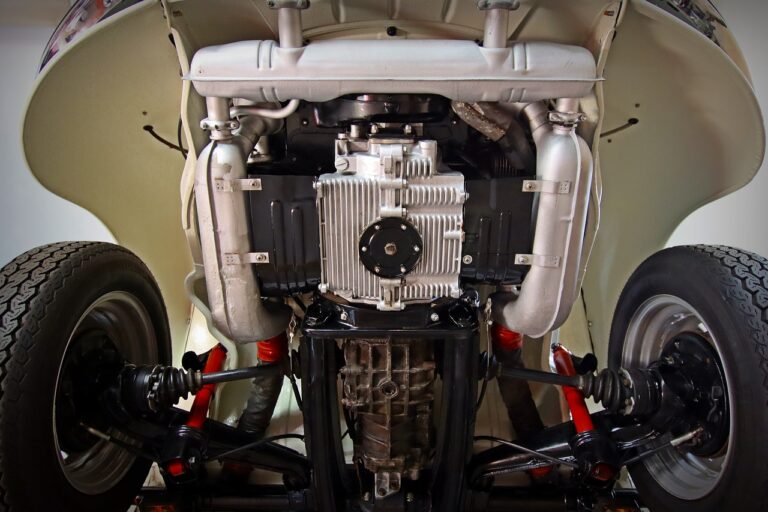The Role of Emotional Design in Autonomous Vehicle Exterior Silhouette
Emotional design in autonomous vehicles plays a crucial role in shaping the future of transportation. The ability of a vehicle to evoke emotional responses in passengers can enhance their overall experience and promote a sense of trust and comfort. Through thoughtful design elements such as lighting, colors, textures, and interactive interfaces, autonomous vehicles can create a welcoming and secure environment for passengers.
Furthermore, emotional design can help humanize these advanced technologies, making them more relatable and acceptable to the general public. By incorporating elements that stimulate positive emotions, such as warmth, safety, and familiarity, manufacturers can bridge the gap between humans and machines, ultimately leading to greater acceptance and integration of autonomous vehicles into everyday life.
• Emotional design in autonomous vehicles enhances passenger experience
• Thoughtful design elements include lighting, colors, textures, and interactive interfaces
• Creates a welcoming and secure environment for passengers
• Humanizes advanced technologies and makes them more relatable to the public
• Stimulates positive emotions such as warmth, safety, and familiarity
• Bridges the gap between humans and machines for greater acceptance of autonomous vehicles
The Importance of Exterior Silhouette in Autonomous Vehicles
The exterior silhouette of autonomous vehicles plays a crucial role in shaping the overall perception of the vehicle. The design of the silhouette not only defines the aesthetic appeal of the vehicle but also conveys a sense of functionality and purpose to the observer. A well-crafted exterior silhouette can communicate important information about the vehicle’s capabilities and technology, setting it apart in a crowded market.
In addition to aesthetics, the exterior silhouette of autonomous vehicles also influences the vehicle’s aerodynamics and performance. The shape and contours of the silhouette impact the vehicle’s drag coefficient, affecting its efficiency and range. Designers must strike a careful balance between form and function when designing the exterior silhouette to ensure optimal performance without compromising on style.
Creating a Connection through Automotive Design
Automotive design plays a crucial role in fostering a connection between drivers and their vehicles. The visual appeal of a car, from its exterior silhouette to its interior layout, can evoke emotions and enhance the overall driving experience. Design elements such as sleek lines, bold contours, and attention to detail can create a sense of harmony and balance that resonates with the driver on a subconscious level.
Furthermore, the use of high-quality materials and ergonomic considerations in the design process can contribute to a feeling of comfort, luxury, and sophistication. When a driver feels at ease and at home in their vehicle, it establishes a deeper connection that goes beyond mere functionality. Automotive design has the power to evoke a sense of pride, ownership, and personal identity, making the driving experience more enjoyable and meaningful.
What role does emotional design play in the development of autonomous vehicles?
Emotional design plays a crucial role in the development of autonomous vehicles as it helps in creating a connection between the vehicle and the passengers. It focuses on designing elements that evoke specific emotions and enhance the overall user experience.
Why is the exterior silhouette of autonomous vehicles important?
The exterior silhouette of autonomous vehicles is important as it is the first thing that people notice about a vehicle. A well-designed exterior silhouette can help in creating a strong visual impact and conveying the brand’s identity.
How can automotive design help in creating a connection with the users?
Automotive design can help in creating a connection with the users by incorporating elements that resonate with their emotions and preferences. This can be achieved through the use of colors, shapes, and materials that appeal to the target audience.





